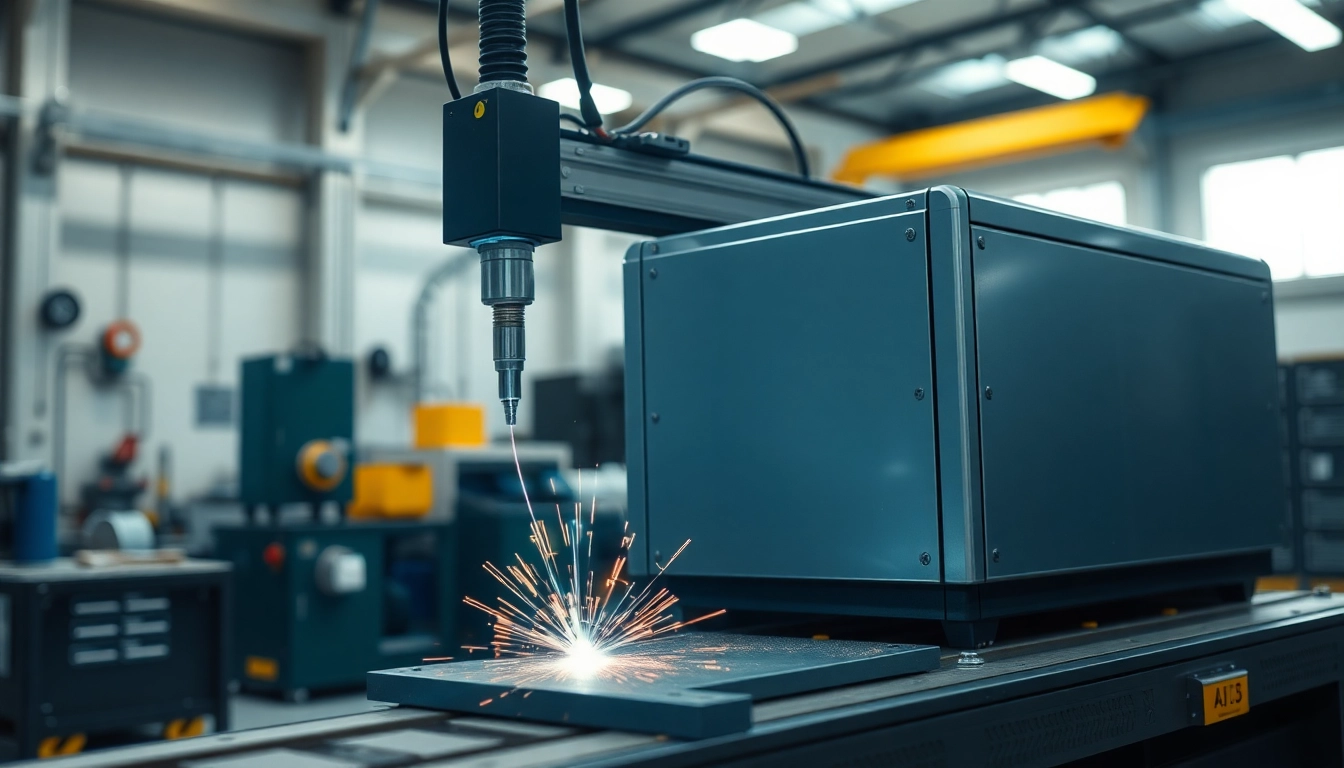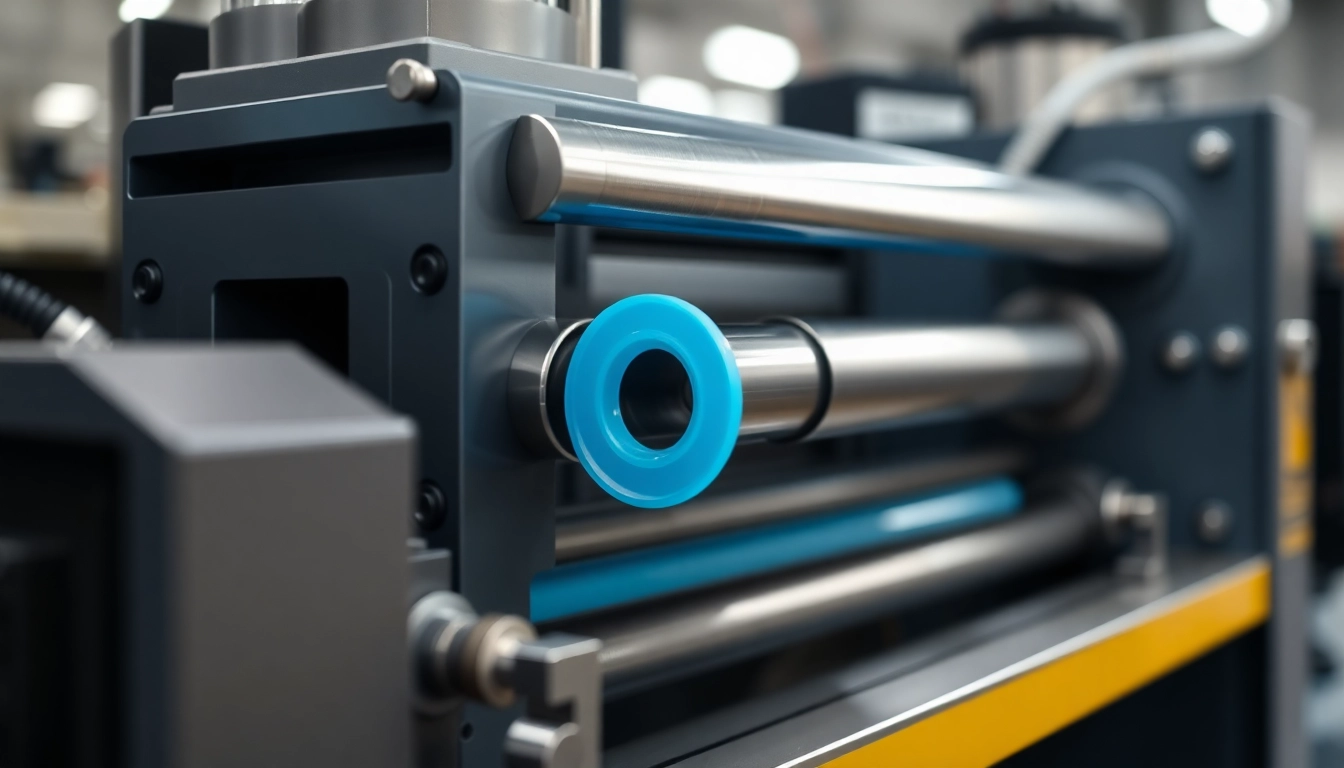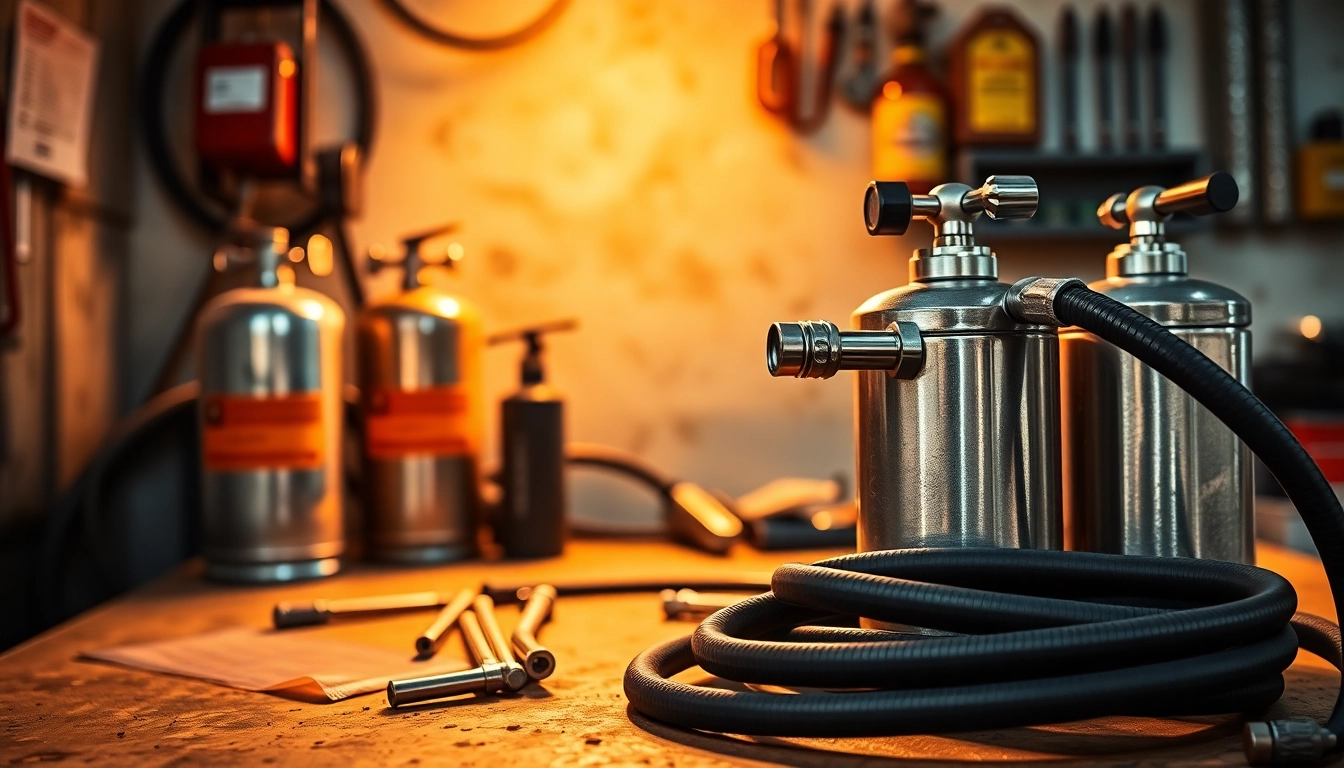Understanding the Fundamentals of Laser Welding Machine
The rapid advancements in manufacturing technology have ushered in various innovative processes, one of which is the Laser welding machine. This cutting-edge equipment employs laser technology for high-precision welding, capable of delivering superior results in a range of applications. To fully appreciate the capabilities of a laser welding machine, it’s essential to delve into its underlying mechanisms, key components, and diverse applications across various industries.
How Laser Technology Works
Laser welding technology operates on the principle of focusing a high-energy laser beam onto a small spot, where it generates an intense amount of heat. This heat causes the material in the targeted area to melt, allowing for a strong bond once cooled. The unique attributes of laser welding include the ability to control the beam intensity and duration, which are critical for achieving the desired depth of penetration and weld profile. Additionally, lasers can weld dissimilar materials, which is a considerable advantage in many manufacturing scenarios.
Key Components of Laser Welding Machine
A laser welding machine consists of several crucial components that work together to facilitate the welding process:
- Laser Source: This is the heart of the machine, where the light amplification occurs. Common types include fiber lasers, CO2 lasers, and solid-state lasers.
- Optical System: This system focuses the laser beam onto the workpiece, ensuring precision and control. It includes lenses and mirrors.
- Control Unit: The control unit manages the laser parameters such as power, pulse duration, and frequency, allowing for customization based on the material being welded.
- Cooling System: To maintain optimal operating temperatures, a cooling system is necessary to dissipate heat generated during the welding process.
- Safety Features: Given the potential hazards of laser technology, safety features like protective enclosures and emergency stops are critical for operator safety.
Applications Across Industries
Laser welding machines are used across various industries, each harnessing their unique capabilities:
- Aerospace: Laser welding is critical in the aerospace sector for lightweight assemblies, ensuring strong and reliable welds in complex geometries.
- Automotive: The automotive industry utilizes laser welding for producing high-strength parts and components, greatly enhancing vehicle safety and performance.
- Electronics: In electronics manufacturing, precision welding is necessary for assembling delicate components without damaging them.
- Medical Devices: Laser welding is used in creating and assembling intricate medical devices, offering a strong and sterile solution.
- Energy Sector: The energy sector employs laser welding for welding pipes and tubes in power generation and oil and gas exploration.
Advantages of Using Laser Welding Machine
The adoption of laser welding machines in various manufacturing processes offers numerous advantages, making them increasingly popular in modern production lines.
Precision and Quality Control
One of the foremost advantages of laser welding is its unparalleled precision. The ability to focus on a very small area allows for a highly controlled welding process, reducing the risk of defects and ensuring consistent quality. This precision is vital when welding delicate components, where even a minor deviation can lead to significant issues.
Speed and Workflow Optimization
Laser welding machines operate at high speeds, significantly reducing the time required for welding operations compared to traditional methods. This speed not only enhances productivity but also optimizes workflow, enabling manufacturers to meet tight deadlines and increase output.
Cost-Effectiveness in Manufacturing
While the initial investment in laser welding machines may be higher than conventional welding equipment, the long-term savings are substantial. The reduction in labor costs, minimized material waste, and lower rework rates all contribute to a more cost-effective manufacturing process. Additionally, the increased efficiency allows manufacturers to achieve a higher return on investment (ROI).
Common Challenges with Laser Welding Machine
Despite their many advantages, laser welding machines present certain challenges that manufacturers must address to maximize their effectiveness.
Material Compatibility Issues
One significant challenge is material compatibility. Laser welding requires that the materials being welded have similar thermal properties and compositions. Different types of metals may react differently to laser welding, leading to issues such as warping, cracking, or weak joints. Understanding the material characteristics becomes vital when planning the welding process.
Training Needs for Operators
To fully leverage the capabilities of a laser welding machine, operators require specialized training. The complexity of settings, adjustments, and safety protocols necessitates a comprehensive understanding of the equipment. A poorly trained operator may lead to reduced productivity, increased defects, and potential safety hazards.
Maintenance and Upkeep Considerations
Laser welding machines require regular maintenance to ensure optimal performance. Components such as lenses and mirrors need cleaning and replacement, while the cooling system must be monitored to prevent overheating. Developing a robust maintenance schedule is crucial for preventing downtime and extending the lifespan of the machines.
Best Practices for Operating Laser Welding Machine
Implementing best practices in the operation of laser welding machines can optimize performance, enhance safety, and improve overall output quality.
Safety Protocols and Procedures
Safety should always be the priority when operating a laser welding machine. Operators should adhere to established safety protocols, including the use of appropriate personal protective equipment (PPE), such as goggles designed to filter laser light and gloves resistant to heat. Ensuring that safety features on the machine are functional, and that emergency stop mechanisms are accessible can help mitigate risks.
Settings and Adjustments for Different Materials
Different materials require varying settings for optimal welding results. Parameters such as power, speed, and focus must be adjusted based on the material type and thickness. Performing preliminary tests on similar materials can help operators determine the best settings for specific applications.
Regular Maintenance Best Practices
Regular maintenance is crucial for ensuring the longevity and reliability of laser welding machines. Establish a maintenance routine that includes checking lens and mirrors for cleanliness, monitoring cooling systems, and calibrating laser parameters. Documenting maintenance activities can assist in identifying recurring issues and planning for necessary repairs or upgrades.
Future Trends in Laser Welding Machine Technology
As technology continues to evolve, so too does the landscape of laser welding. Staying informed about emerging trends can help manufacturers remain competitive in their respective markets.
Advancements in Automated Solutions
The future of laser welding is trending toward automation, with an increasing number of systems incorporating robotic technology. Automation enhances precision and speeds up production rates while reducing labor costs. Manufacturers are also exploring advanced sensors and artificial intelligence to improve process monitoring and predict maintenance needs, ultimately leading to greater efficiency.
Integration with Industry 4.0
As industries move toward the concept of Industry 4.0, the integration of laser welding machines with interconnected systems will become more prevalent. Smart factories will leverage data from laser welding processes, enabling real-time adjustments and predictive analytics. This connectivity fosters a more streamlined operation, enhancing decision-making and improving manufacturing outcomes.
Sustainable Practices in Welding
With growing emphasis on sustainability, manufacturers are increasingly looking for eco-friendly practices in their operations. Laser welding machines are inherently more energy-efficient compared to traditional welding methods, generating less waste and using fewer resources. The future will see more advancements in sustainable materials and processes, further enhancing the environmental responsibility of laser welding technology.



